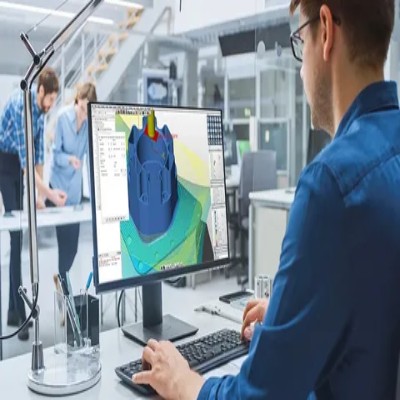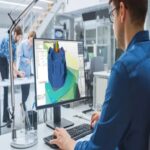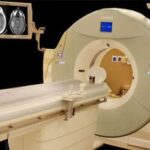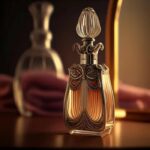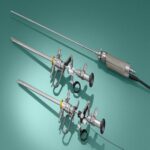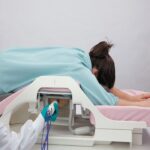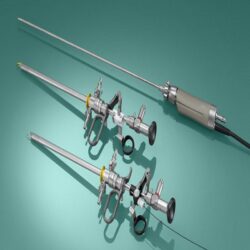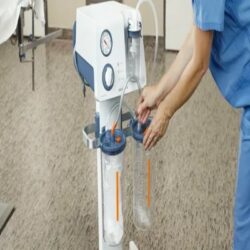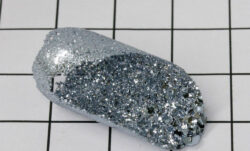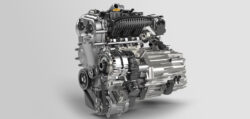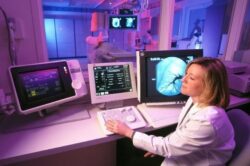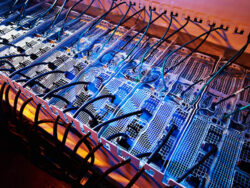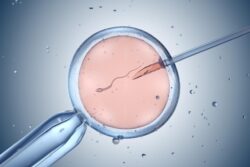How Computer Aided Detection is Revolutionizing Medical Diagnosis and Healthcare Delivery?
The Integration of CAD in Modern Healthcare
Computer Aided Detection (CAD) has emerged as a groundbreaking technology in medical imaging and diagnostics, transforming how healthcare professionals identify and diagnose various medical conditions. This sophisticated system combines elements of artificial intelligence, machine learning, and advanced image processing algorithms to assist medical practitioners in detecting abnormalities that might otherwise be overlooked during conventional screening processes. The integration of CAD systems has become increasingly prevalent in healthcare facilities worldwide, marking a significant shift in diagnostic approaches and patient care protocols.The fundamental principle behind Computer Aided Detection technology involves the analysis of medical images through specialized software that highlights potential areas of concern, allowing radiologists and other healthcare professionals to make more informed decisions. These systems act as a second pair of eyes, enhancing the accuracy and efficiency of diagnostic procedures while reducing the likelihood of human error.
Technical Framework and Functionality
CAD systems operate through a complex framework of algorithms and neural networks designed to process and analyze medical images. The technology employs pattern recognition techniques to identify suspicious regions in various imaging modalities, including mammography, CT scans, MRI, and ultrasound. The system first preprocesses the image to enhance its quality and normalize the data, followed by segmentation to isolate regions of interest. Advanced algorithms then analyze these segments for specific characteristics that might indicate pathological conditions.The sophistication of modern CAD systems extends beyond simple pattern matching. These systems utilize deep learning algorithms that continuously improve their accuracy through exposure to vast datasets of medical images. This learning capability enables CAD systems to adapt and enhance their detection capabilities over time, making them increasingly reliable tools in medical diagnosis.
Applications in Various Medical Fields
The versatility of CAD technology has led to its implementation across numerous medical specialties. In mammography, CAD systems have demonstrated remarkable success in detecting early signs of breast cancer, identifying subtle calcifications and masses that might be challenging to spot through conventional screening methods. The technology has also proven valuable in lung cancer screening, where it helps identify potentially cancerous nodules in chest CT scans with high precision.In neurological imaging, CAD systems assist in detecting and monitoring various conditions, including brain tumors, stroke damage, and neurodegenerative diseases. The technology’s ability to analyze subtle changes in brain structure over time makes it particularly useful in tracking disease progression and treatment response. Additionally, CAD has found applications in cardiovascular imaging, helping identify coronary artery disease and other cardiac abnormalities.Impact on Diagnostic Accuracy and EfficiencyThe introduction of CAD systems has significantly improved diagnostic accuracy across various medical domains. Studies have shown that when used in conjunction with traditional reading methods, CAD can increase cancer detection rates by up to 20% while reducing false-negative results. This improvement in accuracy is particularly crucial in early-stage disease detection, where timely intervention can dramatically affect patient outcomes.Beyond accuracy, CAD systems have enhanced the efficiency of diagnostic workflows. By automating the initial screening process, these systems allow healthcare professionals to focus their attention on cases requiring more detailed analysis. This optimization of workflow has led to reduced reading times and increased productivity in radiology departments, ultimately benefiting both healthcare providers and patients.
Challenges and Limitations
Despite its numerous advantages, CAD technology faces several challenges and limitations. One primary concern is the potential for false-positive results, which can lead to unnecessary follow-up procedures and patient anxiety. The sensitivity of CAD systems must be carefully balanced to minimize false positives while maintaining high detection rates for genuine abnormalities.Another challenge lies in the integration of CAD systems with existing healthcare infrastructure. Implementation requires significant investment in technology and training, and healthcare facilities must ensure their staff is adequately prepared to utilize these systems effectively. Additionally, there are ongoing discussions about the regulatory framework surrounding CAD technology and the need for standardization across different platforms and applications.
Future Developments and Prospects
The future of CAD technology appears promising, with continued advancements in artificial intelligence and machine learning driving innovation in this field. Researchers are working on developing more sophisticated algorithms that can better distinguish between benign and malignant conditions, reducing false-positive rates while maintaining high sensitivity.Emerging trends include the integration of CAD with other diagnostic tools and the development of more specialized applications for specific medical conditions. The incorporation of genetic and molecular data into CAD systems is also being explored, potentially leading to more personalized diagnostic approaches. Additionally, cloud-based CAD solutions are becoming more prevalent, offering improved accessibility and scalability for healthcare facilities of all sizes.Economic and Healthcare System BenefitsThe implementation of CAD technology has demonstrated significant economic benefits for healthcare systems. While the initial investment in CAD systems can be substantial, the long-term cost savings through improved efficiency and early detection of diseases make it a financially sound investment. Early detection of conditions like cancer
Get more insights on, Computer Aided Detection
Get This Report in Japanese Language: コンピューター支援検出
Get This Report in Korean Language: 컴퓨터 지원 탐지
Read More Articles Related to this Industry-Recent development in Facial Rejuvenation Market
About Author:
Ravina Pandya, Content Writer, has a strong foothold in the market research industry. She specializes in writing well-researched articles from different industries, including food and beverages, information and technology, healthcare, chemical and materials, etc. (https://www.linkedin.com/in/ravina-pandya-1a3984191)
